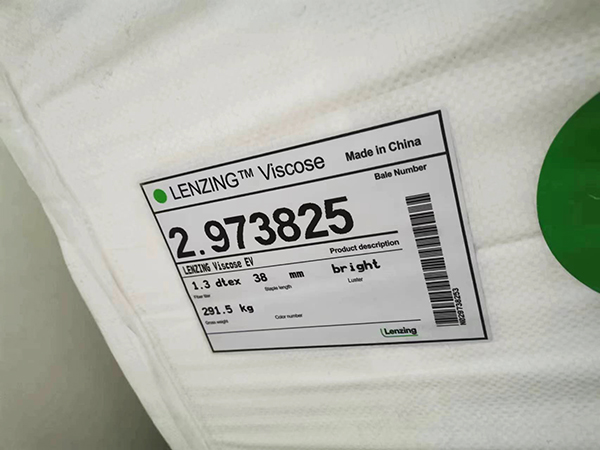Will Lyocell fiber replace viscose fiber in the future
Viscose fiber production has a long history, but the special production process of environmental pollution has always plagued the development of viscose, people have long been looking for a clean production process, in order to use the same raw materials with viscose fiber, through non-polluting production process, to produce similar products with viscose fiber, to complete the replacement of products, Finally, the sustainable development of regenerated cellulose fibers.
The successful development of Lyocell fibers offers hope for this goal. The biggest challenge facing new varieties is the market, the market is the basis of development, China is a big producer of viscose fiber, the output of viscose fiber in 2019 is nearly 4 million tons, if Lyocell fiber can replace half of the production capacity of viscose fiber in the near future, the demand for Lyocell fiber can reach 2 million tons, New Lyocell fiber projects in our country have taken it as an important basis for project establishment. However, replacing a mature fiber variety with a new fiber variety is affected by many other factors in addition to clean production processes, especially the cost performance of the product.
The waste gas produced by viscose fiber production is mainly carbon disulfide and hydrogen sulfide, and the carbon disulfide and hydrogen sulfide emitted by tons of fiber in 2005 are 102kg/ ton of products and 43.8kg/ ton of products, respectively. Today, the emissions
of carbon disulfide and hydrogen sulfide per ton of fiber have dropped to 26kg/ ton of product and 8kg/ ton of product, the rate of decline is very impressive.
Viscose enterprises by increasing investment in scientific research, survival of the fittest, transformation of old equipment and technology, so that pollution control and energy conservation and emission reduction has made gratifying results, it is because of the efforts of viscose enterprises, so that some successful enterprises survive, but also got considerable development. Although we have more and more requirements for environmental governance, online testing and other methods have been implemented in many places, under such increasingly strict conditions, China's viscose fiber still has great development in recent years.
Viscose staple fiber is the main variety of viscose fiber, accounting for about 95% of the total viscose fiber, with China's strict restrictions on new filament projects in recent years, this proportion will be further increased. As can be seen from Table 8-1, the average annual growth rate of viscose staple fiber in the past five years is as high as 6%, and according to media reports, this trend will continue in the next few years.



